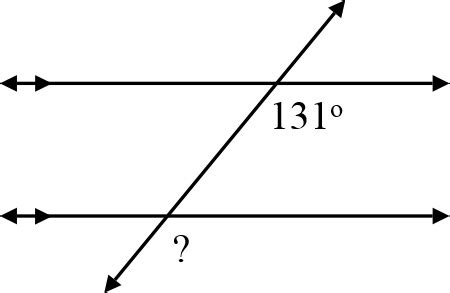In geometry, we often encounter situations where we need to find the measure of an angle. This knowledge is crucial for solving various problems, such as finding the area of a triangle, constructing regular polygons, and understanding the relationships between angles in different geometric figures.

Determining the measure of an angle requires careful observation and the application of specific rules and theorems. This article will provide a comprehensive guide to help you find the measure of any angle indicated in a geometric figure.
Types of Angles
Before we delve into the methods for finding angle measures, it’s essential to understand the different types of angles:
- Acute angle: Less than 90 degrees
- Right angle: Exactly 90 degrees
- Obtuse angle: Between 90 and 180 degrees
- Straight angle: Exactly 180 degrees
- Reflex angle: Between 180 and 360 degrees
Measuring Angles
The most common tool for measuring angles is a protractor, which is a semi-circular device with a scale marked in degrees. To measure an angle using a protractor, place the center point of the protractor at the vertex of the angle and align the baseline with one ray of the angle. Read the scale where the other ray intersects the protractor to obtain the angle measure.
Methods for Finding Angle Measures
1. Vertical Angles:
When two straight lines intersect, they form four angles. The two angles opposite each other are called vertical angles. Vertical angles are always congruent, meaning they have the same measure. This property can be used to find the measure of an unknown angle when one of the vertical angles is given:
Angle Measure = Measure of Known Vertical Angle
2. Supplementary Angles:
Two angles that sum to 180 degrees are called supplementary angles. Supplementary angles often occur when two lines intersect to form a straight line or when two lines intersect to form a right angle. To find the measure of an unknown supplementary angle, subtract the measure of the known angle from 180 degrees:
Angle Measure = 180 – Measure of Known Supplementary Angle
3. Complementary Angles:
Two angles that sum to 90 degrees are called complementary angles. Complementary angles often occur when two lines intersect to form a right angle. To find the measure of an unknown complementary angle, subtract the measure of the known angle from 90 degrees:
Angle Measure = 90 – Measure of Known Complementary Angle
Common Mistakes to Avoid
- Incorrect Protractor Placement: Ensure that the center point of the protractor is at the vertex of the angle and that the baseline is aligned with one ray of the angle.
- Wrong Degree Reading: Carefully read the protractor scale where the other ray intersects to obtain the correct angle measure.
- Ignoring Angle Type: Be aware of the different types of angles (acute, right, obtuse, straight, reflex) and apply the appropriate theorem or rule for finding the angle measure.
- Not Considering Angle Orientation: When two lines intersect, four angles are formed. Make sure you identify the correct angle indicated in the problem.
Applications
Understanding how to find the measure of an angle has numerous applications in various fields:
- Architecture: Designing buildings with specific angles to maximize light and space.
- Engineering: Calculating the angles of bridges, roofs, and other structures to ensure stability.
- Navigation: Determining the angle of a ship’s course or the angle of attack for an aircraft.
- Astronomy: Measuring the angles between stars and planets to determine their positions and distances.
- Surveying: Determining the angles between property lines or the elevation of a hill.
Benefits of Accurately Measuring Angles
Accurately measuring angles is crucial for:
- Precision: Ensuring precise results in various applications, such as engineering and navigation.
- Safety: Preventing errors in construction or engineering projects that could lead to safety hazards.
- Accuracy: Obtaining reliable measurements for scientific research, data analysis, and other fields.
- Efficiency: Saving time and resources by obtaining correct angle measurements, reducing the need for rework or corrections.
Conclusion
Finding the measure of an angle is a fundamental skill in geometry. By understanding the different types of angles, applying the appropriate methods, and avoiding common mistakes, individuals can effectively determine the measure of any angle indicated in a geometric figure. This knowledge is essential for solving various problems, making accurate measurements, and unlocking numerous applications in different fields.
